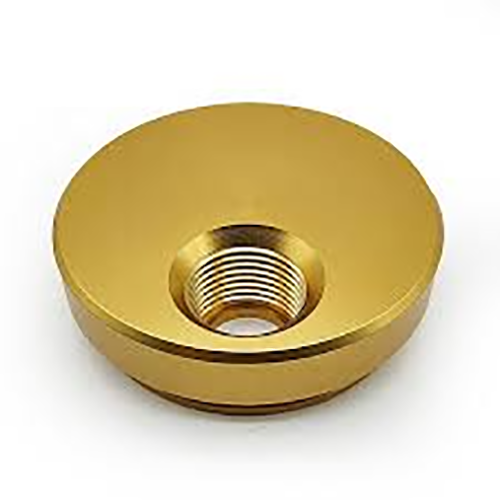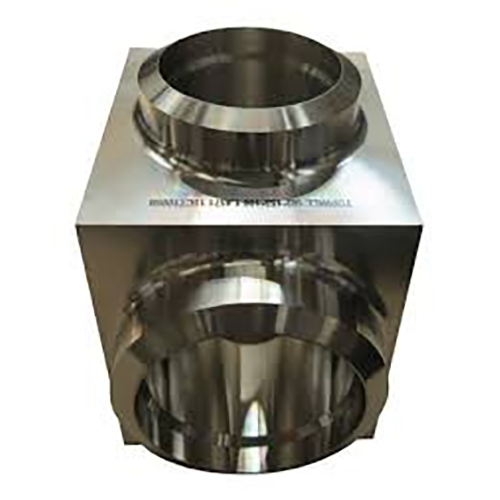
Securing exact surface quality on a machined component is vital.
- Drawing callouts communicate precise surface requirements for machined parts
- Callouts frequently reference metrics such as Ra (average roughness) for roughness quantification
- Appreciating callout details is key to ensuring product functionality
- Defined surface quality influences lubricant retention, coefficient of friction, and wear resistance
- Careful reading of finish callouts enables achieving the planned outcome
Precision Engineering Through CNC Machining

CNC machining is a transformative approach within manufacturing through G-code driven routines the hardware sculpts intricate parts accurately.
- Automated machining allows fabrication of accurate parts from multiple materials
- Adaptable CNC processes fit the demands of aerospace, automotive, and medical markets
- Programmed machining assures dependable consistency across manufacturing cycles
Across R&D to production scale-up CNC machining drives manufacturing evolution
CNC Specification Guidance
Making sense of CNC specs can seem confusing on first pass
Even so practical familiarity and a systematic plan enable decoding machine specs
Start with locating core parameters: spindle rpm, feed, accuracy, work envelope, controller
Every listed attribute influences the equipment’s operational capacity.
Consider that higher spindle velocity suits pliant materials while elevated feed boosts capacity.
Recognizing these ties supports choosing machines suited to target production
It’s wise to study manufacturer documentation comprehensively.
Producer documentation frequently delivers important notes and clarifies terminology
Comprehensive Guide to CNC Machinery
Automated CNC platforms are computer-commanded systems for precision manufacturing of multiple materials They operate by interpreting digital instructions called G-code to control cutting tools or other actuators.
- Frequent CNC varieties include mills, lathes, routers, plasma cutting machines
- Machining operations fit metal, plastic, wood, and composite workpieces
- Additionally CNC gear supports fast prototyping and limited production for entrepreneurs and institutes
CNC Machines: The Fundamentals Explained
They manifest coupling of mechanical fidelity and complex software governance Multifunctional systems use programming logic to fabricate both simple pieces and composite assemblies The central concept is rendering digital designs as physical parts.
- Programmed machining process
- CAD-to-CAM integration
It uses accurate motion sequences commanded by the controller Shop technicians tune machining parameters, supervise production, and certify product accuracy.
The Role of Surface Finish in CNC Machining
Achieving the desired surface finish in CNC machining is crucial It modifies operational efficiency and cosmetic finish The type of material being machined the cutting parameters used and the post-processing operations all contribute to the achieved surface texture.
A smooth surface finish can enhance the product's durability while a rougher finish may reduce its effectiveness Machine-controlled fabrication offers many methods and cutters to achieve set surface qualities.
- Consider using alternative cutting shapes |coated inserts|speed settings to obtain particular finish
- Secondary operations like sanding, grinding, or polishing boost finish
Recognizing how feeds, speeds, and tool geometry interact yields optimal finishes.
CNC Machine Basics: From Operation to Applications
Computerized machining precisely produces parts from metals, plastics, and other materials They apply digital directives to fabricate detailed geometries consistently Understanding machine control, programming, and tooling choices is crucial for effective machining
CNC applications stretch across aerospace, automotive, medical device, and electronics industries From aircraft parts to precision plastic molds, CNC creates complex high-quality items
Notation for Surface Finish on Machined Parts
Appropriate surface specification is essential during CNC part production It verifies compliance with intended functional and aesthetic goals Finish specifications are often expressed via the Ra roughness standard Noted in microns or millimeters, the value quantifies average texture height.
Evaluate both finish smoothness targets and the operational application before specifying

Generally fine finishes benefit components requiring precision alignment and tolerance
Rugged finishes sometimes serve parts that need enhanced traction or grip
Employ an unambiguous finish note on drawings to specify surface expectations Include both the Ra value along with any additional instructions such as machining processes or surface treatments.
Note that precise surface specifications contribute directly to production success
Kinds of CNC Machines and Their Strengths
Numerical control machining comprises numerous machine types engineered for diverse applications They use CAD-generated toolpaths to control tooling for exact component production.
- Boring and drilling equipment generate accurate holes and internal features
- Routers handle flat panel cutting and profiling for non-metal workpieces
- Plasma machines slice thick steel and ferrous metals rapidly using plasma arcs
Selecting equipment relies on part complexity material properties and tolerance needs Different CNC platforms supply distinct functionality valuable across industries including automotive and aviation.
Obtaining High-Quality Surface Finish with CNC
Achieving a superior surface finish is crucial in numerous manufacturing processes and CNC machining offers an exceptional method for achieving this goal Using accurate feed and speed selection plus optimized tool geometry technicians refine cutting action to reduce surface flaws Plus durable cutting materials and appropriate coolant control boost finish quality Through careful selection of cutting strategies and meticulous machine setup CNC machining enables the creation of components with exceptional surface quality for diverse applications.
Surface Finish Considerations in CNC Programming
Skillful CNC programming directly impacts the final surface quality Machining parameter combos such as feed, rpm, and tool geometry set the surface characteristics Conscientious parameter tuning with sound coolant strategy produces excellent surface quality.
- Also cnc full form machine ongoing tool care and inspection support sustained finish reliability Besides that systematic tool upkeep and monitoring ensure sustained surface quality Additionally routine tool checks and upkeep maintain consistent finish quality
- In pursuit of improved finish examine material properties, roughness goals and application
- Simulated machining supports parameter refinement to mitigate surface issues
- Besides that systematic tool upkeep and monitoring ensure sustained surface quality
